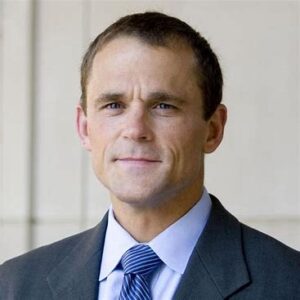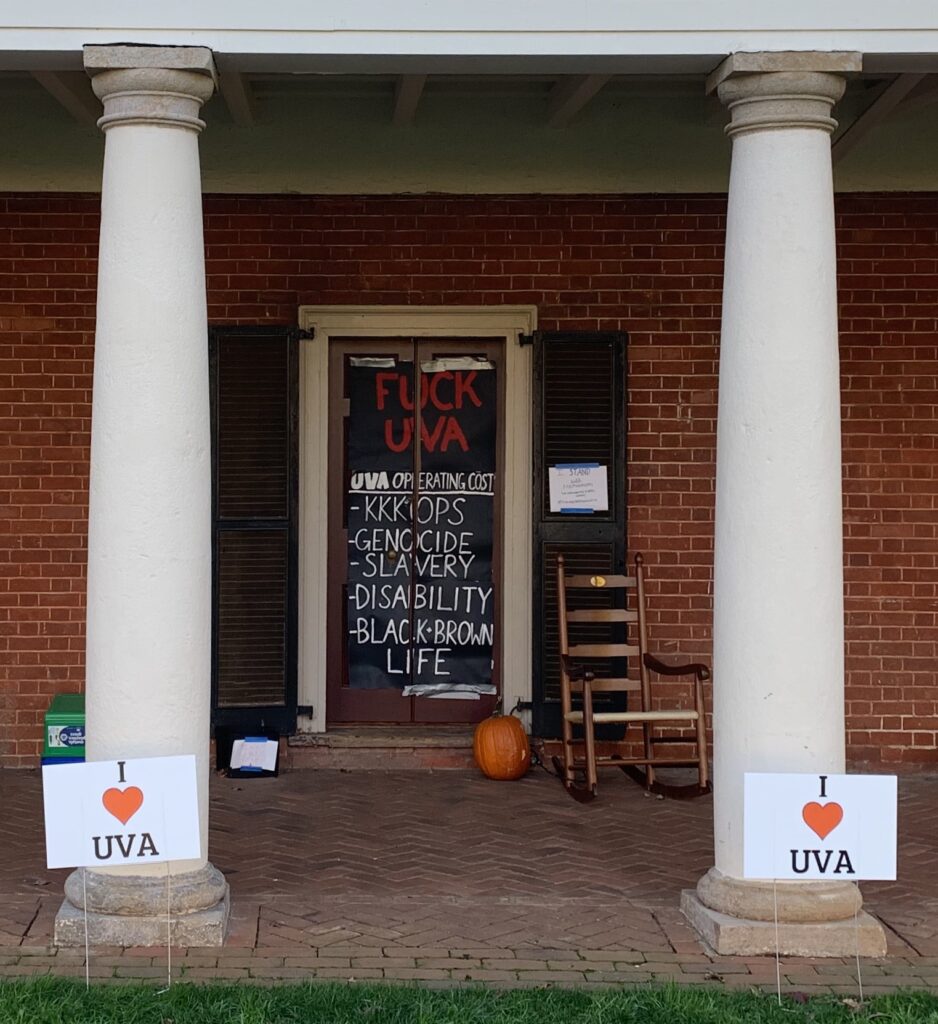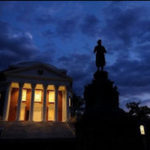
James Ryan — what has the Board of Trustees incentivized him to accomplish? We don’t know, and the University of Virginia won’t say.
by James A. Bacon
When the University of Virginia hired Jim Ryan as president in 2018, the terms of his employment were spelled out in a contract. Anyone can obtain a copy of the document under the Freedom of Information Act, as Bacon’s Rebellion has done. You can view it here.
Among other things, the six-year contract calls for paying Ryan a base salary of $750,000, provide him a $20,000-a-year car allowance, cover membership fees for two clubs, give him free housing (including the cost of housekeeping and utilities), grant him 22 vacation days a year, allow him to accrue Sabbatical leave at the rate of two months per year, and award him a performance bonus of up to $100,000 a year.
While the details of a university president’s compensation are interesting, the most important clause from a governance perspective covers the performance bonus. The contract says this about the bonus: Continue reading












